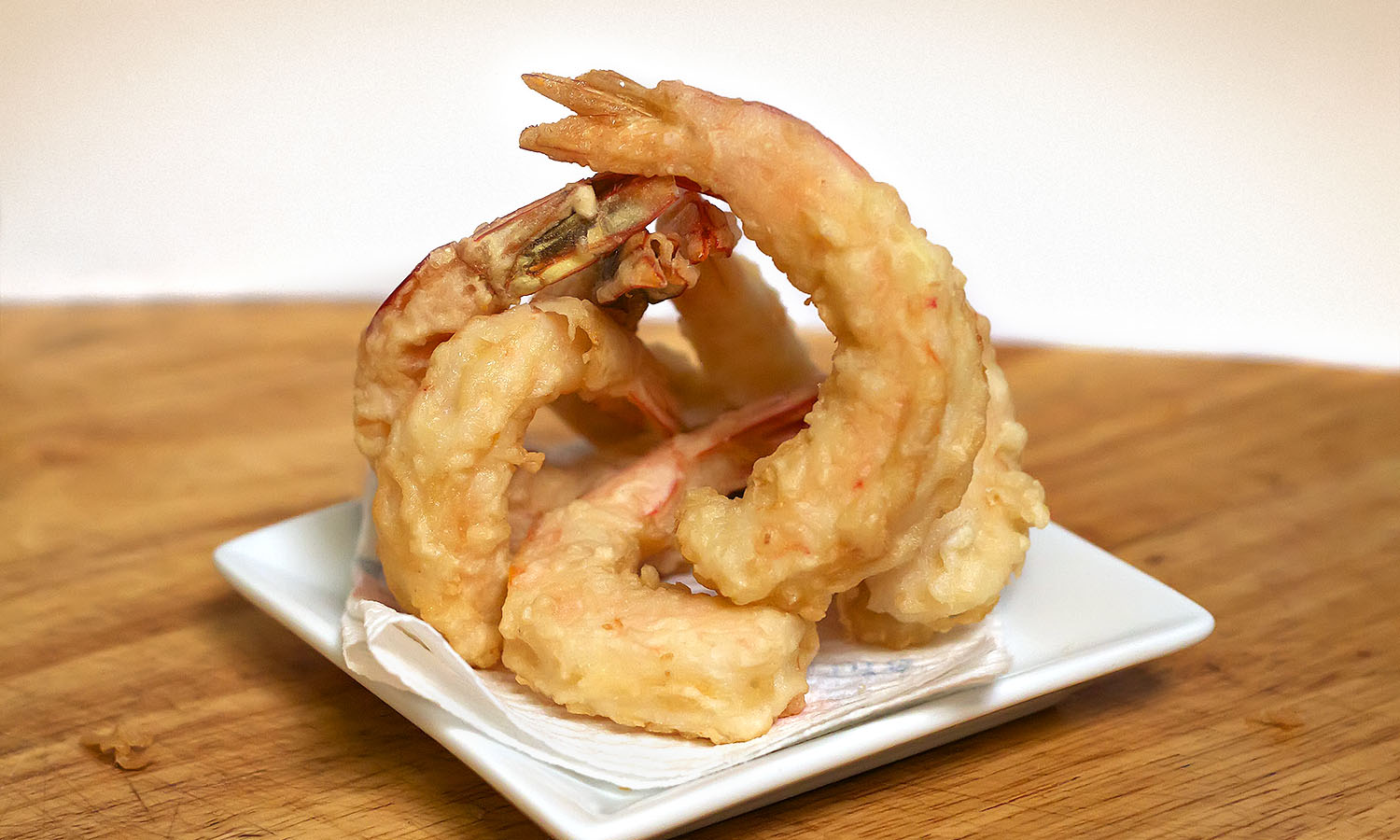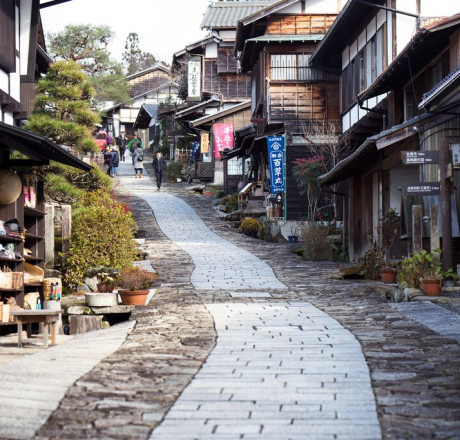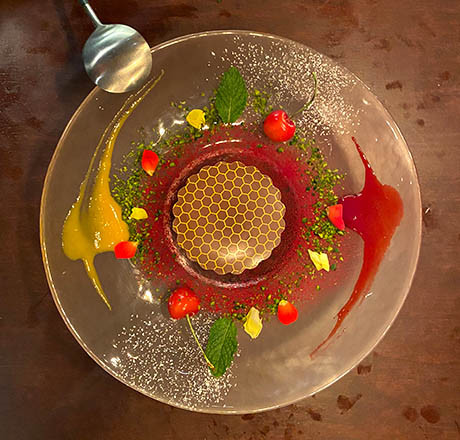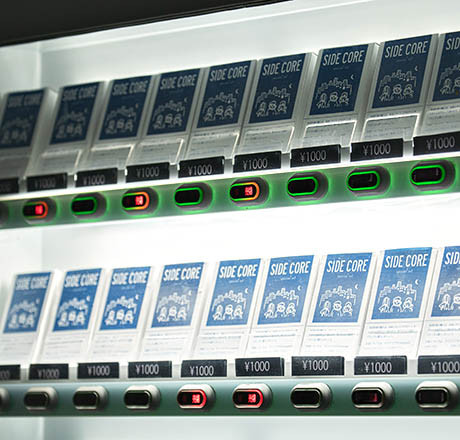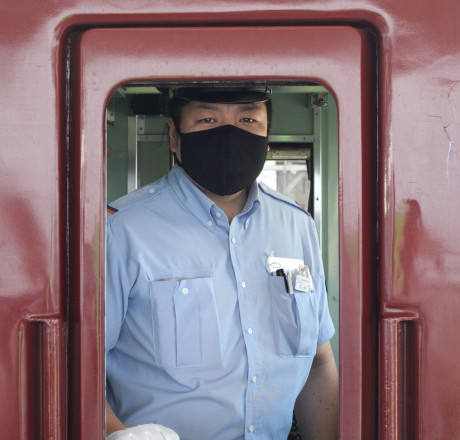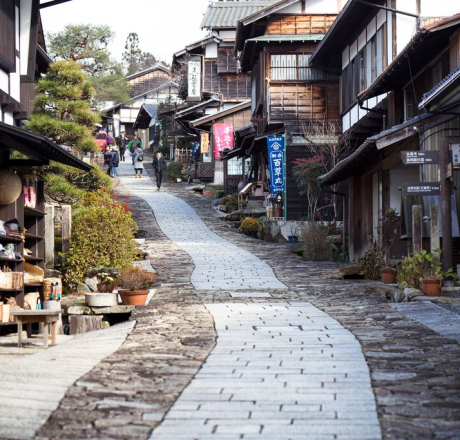Japan
Japan
Meet Japan’s tempura sensei
Tempura uses the same staple ingredients as the great Aussie piece of fish – bubbling hot oil and batter – but the end product is far more delicate and wholesome than the corner fish and chippery. And tempura sensei Sho Ichi Okawa is no harbinger of heart attacks; rather, he’s an artist whose crunchy creations play to the palates of the discerning diner.
Sho is the owner chef of Tenya tempura bar in Kashima City, a waterfront town in Ibaraki Prefecture, about 85 kilometres east of Tokyo. For three decades, Sho has been serving up tempura – lightly battered seafood and vegetable parcels – to locals and foreigners who arrive in numbers on the docks at Kashima port. Sho’s place is the only bar-style tempura restaurant in Kashima, a city famous for its Jingu Shinto Shrine and the Kashima Antlers football team, of which he is a fervent supporter and sponsor.
Sho’s love affair with food started as a teenager, when he cut his chef’s teeth in a French restaurant, before being introduced to traditional Japanese cuisine in Tokyo’s vast food dens.
“I was so much surprised to see how excellent the Japanese dishes were,”
Sho says through an interpreter, gesticulating with chopsticks to make his point. But tempura is “number one”, he adds, pointing to his heart through a crisp, white hanten (traditional Japanese winter jacket). “Tempura is legendary, traditional cuisine – I am proud of it.”
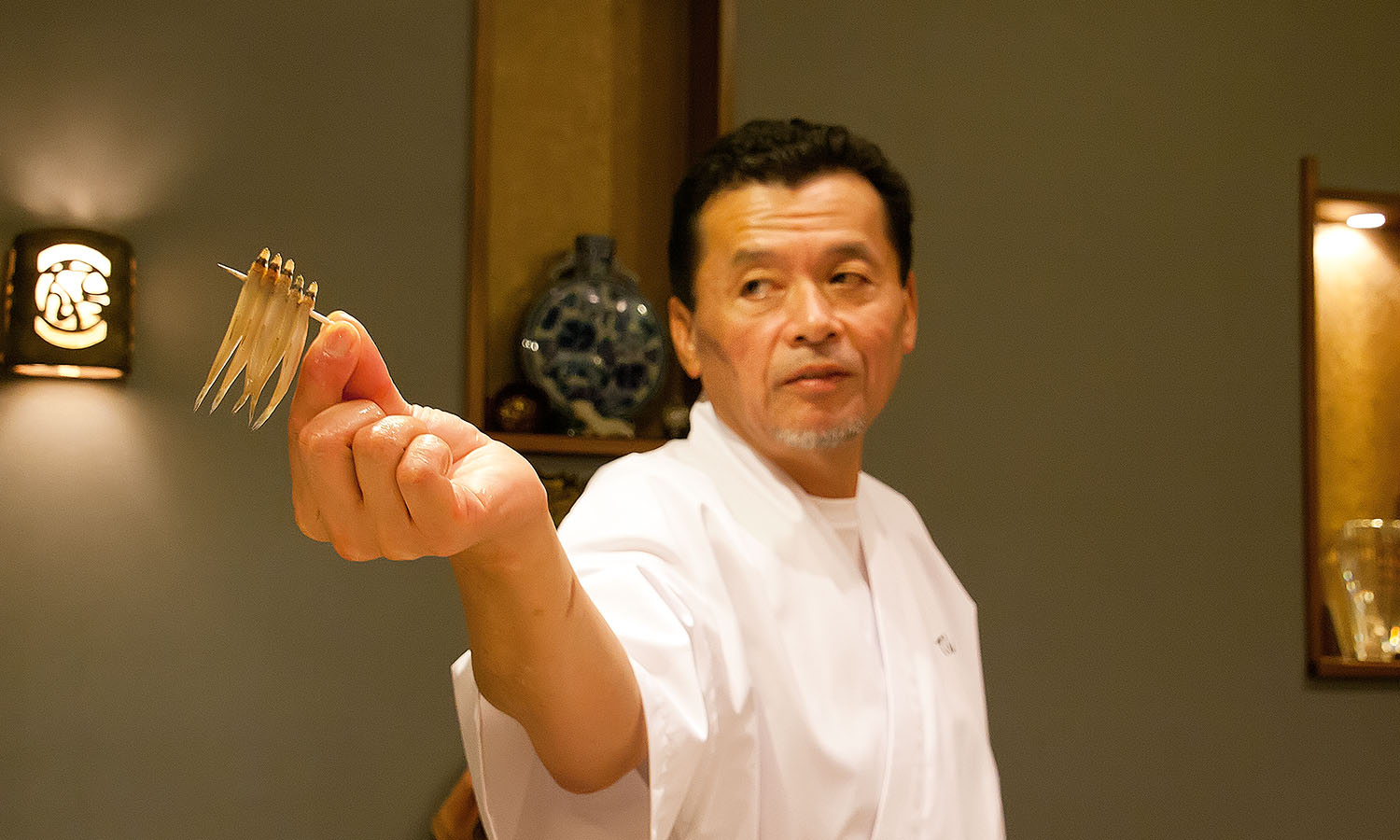

Traditional it may be, but native to Japan it’s not. Tempura is a culinary import, introduced by Portuguese missionaries in the mid-sixteenth century. It has since become a favourite at kitchens, yatai (street vendors) and restaurants across the island nation.
At Tenya, tempura is as much about theatre as it is food. Here you can sidle up to the bar, slurp on an Asahi and eyeball Sho as he whips up a veritable degustation of crisp, battered goodies. He engages the kitchen in a sizzling chopstick dance, like a conductor whose orchestra comprises veggies and crustaceans.
I start with a plate of sashimi, a dish that’s synonymous with Japanese cuisine, tucking into slivers of fleshy tuna, yellowtail and mackerel that is so tender in almost melts in my mouth.
Next there’s mushroom pudding, a velvety custard concoction made with shiitake mushrooms, chicken, shrimp, blended fish and bamboo, and steamed in a ceramic pot. There are ginkgo nuts with curry salt, boiled peanuts and isobe maki (fermented soybean wrapped in seaweed). Each dish serves as an appetiser to the main event – a seemingly unending procession of tempura dipped in batter using a pair of deftly handled chopsticks, poked in hot oil and deposited in a basket in front of me at the bar.
I gorge myself on sweet potato and ginger parcels encased in wafer-thin bubbles of salted batter, and pick at a whole barracuda staring blankly at me. Next there’s tempura asparagus, wakasagi (tiny fish threaded on toothpicks), maitake (‘dancing’ mushrooms), and voluptuous orbs of runny egg yolk that come from chickens fed sesame and vitamin E to make their yolks big and round.
Finally, the pièce de résistance: tempura prawns, delicately crunchy on the outside, with plump, juicy-sweet flesh on the inside. The feast is washed down with more beer and lashings of sake.
It’s clear Sho likes an audience, and before the meal is over he scrunches up a handful of prawn shells, dips them in batter and tosses them in the oil. They crackle and hiss like pee on a fire and come out golden and crisp. I’m stuffed but don’t want to disappoint my host, who grins like the Cheshire Cat as I nibble at the edges of a piece of shell, which is edible but not a patch on his earlier offerings.
Sho opened his restaurant 30 years ago but didn’t specialise in tempura until eight years later, at the behest of his loyal patrons. His tempura is such a hit he plans to teach his skills to chefs in Sri Lanka.
“I think now it’s a good choice I made, doing tempura,” he says. “I think cooking is, in a sense, a kind of art.”
Indeed. And Sho must surely be one of the best artists around. And there’s not an ounce of fat on him.
INGREDIENTS
12 green (raw) prawns
1 egg
325ml chilled water
1 cup plain flour
corn oil and sesame oil, for frying
METHOD
Peel and devein the prawns and make small incisions along the inside of the curve so that they can be bent straight. Set aside. Whisk the egg in a bowl and pour in the chilled water. Add the flour and whisk lightly. The batter should almost be the consistency of water and not sticky.
Pour three parts corn oil to one part sesame oil in a wok or deep saucepan (enough to deep fry). Heat the oil to about 180 degrees or until small bubbles form when you insert a chopstick or skewer.
Dip the prawns in the batter, let the excess drip off then gently submerge them in the hot oil. Deep fry until golden and cooked through (about one minute). Season with salt.
*Be careful to regulate the temperature of the oil – too cool and the batter will be soft and soggy, too hot and it will burn.
Recipe courtesy of Sho Ichi Okawa.
 (
(




